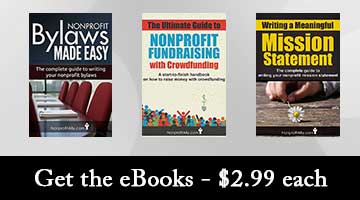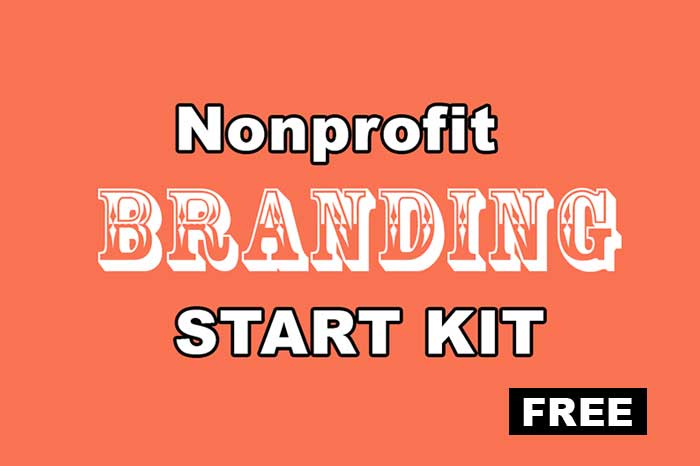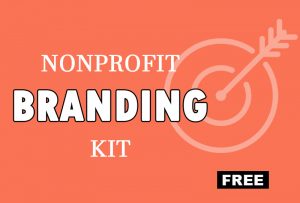 The tides are shifting – are you moving with them or against them?
The tides are shifting – are you moving with them or against them?
The last decade has seen huge shifts in marketing, consumerism and sponsorship. There’s no doubt that the way brands are targeting their ideal customers is becoming more and more sophisticated. Geolocation tracking, behavioural targeting and social media are only a few things to have been introduced in the complex, clever (and sometimes scary) digital marketing techniques used by companies.
In turn, consumers are making different choices with their purchasing decisions. As the general public becomes more and more aware (especially our younger pioneering generations) that they hold the real power, one trend is continuing to gather momentum, and that is people are shopping with their conscience. They are putting their money where their heart is.
Excitingly, it is becoming very clear that brands that publically show their support for causes that are making a positive social and environmental impact are winning the race when it comes to creating greater brand loyalty, increased profits and market share. It is the power of people like you and I that have created this shift.
So what does all of this have to do with sponsorship?
Well, of course there is an intrinsic link between the corporate and consumer worlds, and your organisation or event is placed squarely in the middle. As a sponsorship seeker, you know that you need investment from the right corporates and can give these brands direct access to their ideal consumers (your supporters).
Sponsorship too has take massive steps forward in the last decade – especially in the For-Purpose sector. We are moving away from hand-shake deals that pose as contracts, Board directors who are also sponsors, precious metal sponsorship levels and generic proposals that get sent out to a list of cold prospects. We could look at this period as the era of transactional sponsorship. A time when relationships were based on everyone offering the same benefits – generic forms of ‘exposure’, tickets to events, trade stands and the most common one of all – logo placement. This type of relationship was very much set up in a template-type format where a sponsor needed to fit in with what an organisation or event was offering in order for the relationship to work. And work it did. For a while at least.
We are now seeing a new breed of savvy For-Purpose sponsorship seekers making approaches to brands wanting to do things differently and this new method is kicking some amazing goals for their communities and supporter base.
The new rules of etiquette in successful sponsorship are all about creating a partnership. A partnership between two like-minded brands that know what they want, understands what the other wants and are both prepared to work collaboratively to make it work. This new relationship-based paradigm shift we are seeing is supremely clever too, capitalising on the shifts already occurring in society.
As brands dive deeply into the more granular details of their ideal client (where they shop online, what their preferences are, what social issues they care about) so sponsorship seekers should see this shift with a positive attitude. The fact is, to the right brand, your organisation’s community of followers is their ideal target market, and you can give them direct access. That’s a very appealing form of marketing – especially when you can offer to keep their competitors ‘out of the room’ during the partnership.
Remember too, the power of your brand in this changing world of consumerism. Your brand is valued highly by your community of followers as well as holding great appeal to the right sponsor. They know that their customers are shopping with their conscience. Consumers want to see their favourite brands follow suit, or they’ll swap to a competing brand. You can help these brands be more relevant to their target market.
Aside from the benefits for companies, more and more For-Purpose organisations are realising that the right corporate partner can bring a wealth of knowledge, creativity, fresh ideas and strategy to the table. After all, brands go to a great deal of trouble and expense to understand the finest details of their target market. If you can offer direct access to them, then you can be sure that you can also learn alot about the way they communicate, educate and enrich the experience of your supporters. The majority of For-Purpose organisations don’t do marketing very well. The focus has traditionally been on the mission and the community, not the promotion and publicity. The right corporate partner can absolutely help raise your profile and launch your organisation or event into sectors and circles you would never have been able to afford.
These new relationships-based sponsorships are all based on mutual outcomes. Both parties understand the value they bring to the table – one is not lesser than the other. Both are open to new experiences and put the time in to doing due diligence on one another. These partnerships are not based in desperation for money or a knee-jerk reaction to the Board passing down a motion to ‘get sponsors’. It is more about the excitement and relevance of the long term appeal for both brands.
 Having said all this, when it comes to the adoption and implementation of any new idea or trend, there are always the innovators, early adopters, early majority, late majority and laggards.
Having said all this, when it comes to the adoption and implementation of any new idea or trend, there are always the innovators, early adopters, early majority, late majority and laggards.















